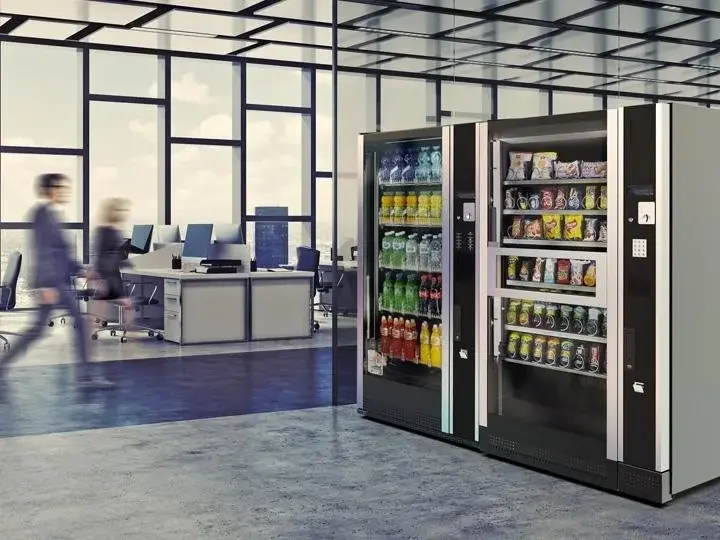Vending machines have become a ubiquitous presence in our lives, providing quick and convenient access to a variety of products. Behind the scenes, however, lies a critical aspect of their operation: stocking. Properly managing and restocking vending machines is essential for ensuring a seamless customer experience, maximizing profit, and minimizing downtime. In this article, we will explore the art of vending machine stocking, discussing efficient strategies and best practices to optimize inventory management and keep those machines running smoothly.
Understanding Demand and Consumer Preferences : To effectively stock a vending machine, it's crucial to have a deep understanding of the target market and its preferences. Conducting market research and analyzing sales data can provide valuable insights into which products are popular and in high demand. By monitoring trends, evaluating customer feedback, and tracking sales patterns, operators can adjust their inventory to meet consumer preferences accurately. Additionally, considering the demographics of the location where the machine is placed can further inform stocking decisions.
Optimizing Product Selection : Once the target market and preferences are identified, selecting the right mix of products becomes vital. A well-curated product selection should include a balance of popular items, healthy alternatives, and regional favorites. Offering a variety of snacks, beverages, and other items tailored to the target audience's preferences can help attract a broader customer base and increase sales. Regularly refreshing the product lineup and introducing new items can also create a sense of novelty, encouraging repeat business and enhancing customer satisfaction.
Efficient Inventory Management : Efficient inventory management is key to minimizing downtime and ensuring that vending machines remain adequately stocked. Implementing automated systems to track inventory levels can streamline the restocking process. These systems can generate alerts when items are running low, enabling timely reordering and preventing stockouts. Additionally, optimizing the storage layout within the vending machine itself can enhance efficiency. Strategically placing high-demand items at eye level and organizing products by category can facilitate quicker restocking and improve customer accessibility.
Route Optimization and Restocking Frequency : Developing a well-planned route for restocking multiple vending machines in a given area can significantly improve operational efficiency. Grouping machines geographically reduces travel time and fuel costs. Determining the ideal restocking frequency is also crucial to maintain customer satisfaction. Regularly monitoring sales data and evaluating inventory turnover rates can help determine the appropriate restocking schedule for each machine. Balancing the frequency of visits to avoid stockouts while minimizing unnecessary visits is essential for maximizing profitability and minimizing operational costs.
Maintenance and Quality Control : Maintaining vending machines in optimal working condition is paramount to ensure a positive customer experience. Regular inspections and preventive maintenance can help identify potential issues and address them promptly. This includes cleaning the machines, checking for any mechanical problems, and ensuring that the vending machine's payment systems are functioning correctly. Moreover, implementing quality control measures is necessary to guarantee the freshness and quality of the products being stocked. Regularly checking expiration dates, rotating stock, and promptly removing damaged or expired items are vital to maintain customer trust and uphold hygiene standards.
For More Info:-

.jpeg)

.jpeg)
No comments:
Post a Comment